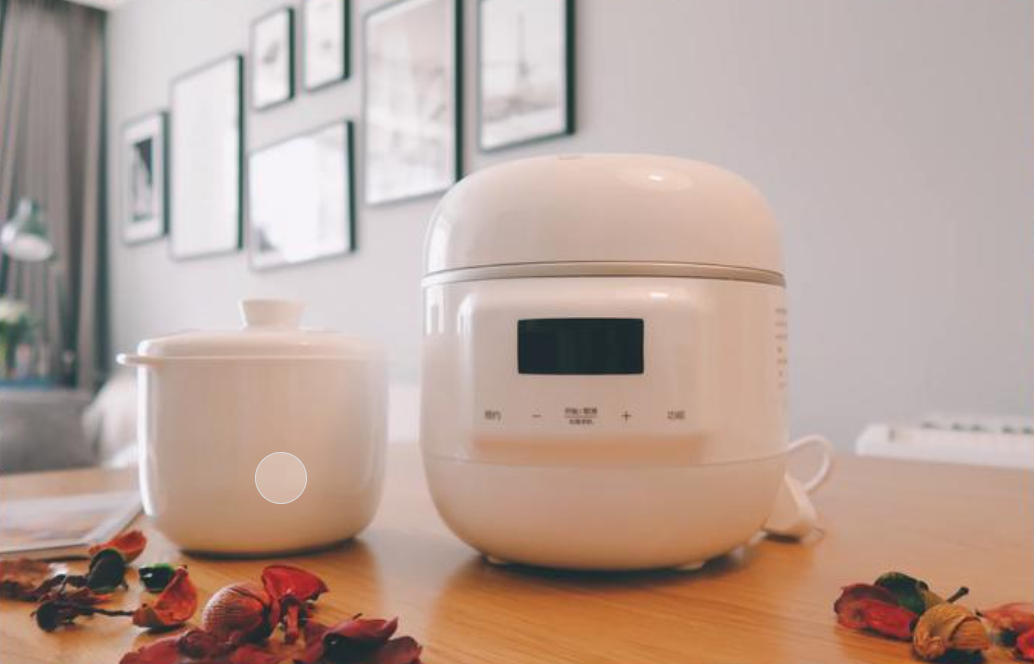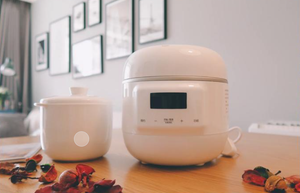
Electric pressure cooker inspection methods - Warehouse inspection, factory inspection, certification services
The electric pressure cooker, as a low-power slow-cooking kitchen appliance, has gained popularity among consumers in recent years due to its convenient functions of making soups and stews. However, the quality and safety of electric pressure cookers directly affect the user experience and food safety. This article will deeply analyze the factory inspection and warehousing process, quality control points, and testing standards of electric pressure cookers, providing comprehensive reference guidelines for purchasers, quality inspectors, and manufacturers.
I. Basic Knowledge of Electric Pressure Cookers and Preparations Before Inspection
(1) Basic Characteristics of Electric Pressure Cookers
An electric pressure cooker is a kitchen appliance that converts electrical energy into heat energy and uses a gentle simmering method to cook food. Its power is usually below 300W, with the minimum power being less than 80W. It has the characteristics of stable cooking temperature and sufficient nutrient retention.
(2) Preparations before Inspection
Document Review: Verify product specifications, quality control plans, material certification certificates, etc.
Verification standard confirmation: Clearly define the applicable national standards (such as GB4706.1, GB4706.19, etc.) and the customer's specific requirements
Calibration of testing equipment: Ensure that all measuring instruments have been calibrated and are within their validity period.
Sampling plan determination: The sampling quantity is determined based on the batch size, usually in accordance with the GB/T 2828.1 standard.
II. Key Points for Factory Audit of Electric Pressure Cookers
(1) Quality Management System Audit
Check whether the factory has established a complete quality management system (ISO9001 certification)
Review the supplier management procedures, especially the evaluation records of key component suppliers
Check the production process control documents and their implementation status
Evaluate the effectiveness of the control procedures for non-conforming products and the corrective and preventive measures.
(2) Key points of on-site production inspection
Incoming material inspection area: Review the inspection records of key components (thermostats, heating tubes, power cords, etc.)
Production line layout: Evaluate whether electrostatic protection and grounding measures are properly implemented.
Key process control: Focus on the electrical safety assembly process and the grounding continuity test points.
Finished Product Inspection Area: Check whether the testing equipment is complete and functioning properly, and whether the inspection records are complete.
III. Inspection Standards and Methods for Electric Pressure Cookers
(1) Safety Performance Inspection (Compulsory Inspection Items)
Electrical Strength Test: According to the GB4706.19 standard, apply a voltage of 1250V for 1 minute, with no breakdown phenomenon.
Ground continuity test: Ground resistance is no more than 0.1Ω
Leakage current test: The leakage current value does not exceed 0.75mA
Input power deviation: The deviation between the actual power and the rated power should be within the range of +5% to -10%.
Electrical insulation at operating temperature: Meets the limit requirements stipulated by the standards
(2) Structural and Material Inspection
Safety of the inner pot material:
The stainless steel inner pot should comply with the GB9684 hygiene standard.
The ceramic inner pot should comply with the GB13121 standard.
The aluminum inner pot should comply with the requirements of GB11333.
The non-metallic inner pot needs to undergo a thermal stability test (300°C to 20°C, with 3 heat exchanges without any cracking).
Structural safety inspection:
Without sharp edges or points, it prevents users from getting scratched.
The power cord fixing device meets the requirements of the tensile test (with a force of 30N for 25 repetitions, the displacement does not exceed 2mm)
The switches and controllers operate flexibly and reliably.
(III) Performance Test Items
Volume Deviation Test: The actual volume of the inner pot is not less than 95% of the rated volume.
Thermal insulation temperature test: The insulation temperature should be maintained within the range of 60℃ to 85℃.
Timing accuracy test: The timing deviation should be less than 5% of the set value.
Clock accuracy test: The clock deviation should be less than 120 seconds per 30 days (applicable to digital products)
Energy efficiency test: Performed according to the method in Appendix E, the results should meet the requirements of energy efficiency grades.
(4) Durability Test
Overall machine lifespan test: Using 1.1 times the rated voltage, operate for 120 minutes, then stop for 10 minutes. This constitutes one cycle. The test is conducted for a total of 500 cycles (equivalent to 1000 hours).
Life test of additional electric heating elements: Operate continuously at 1.2 times the rated voltage for 500 hours.
Handle strength test: Apply a load equivalent to three times the rated volume of water weight and maintain it for 10 minutes without any abnormalities.
Switch durability test: Switched on and off 10,000 times at rated voltage. Function was normal after the test.
IV. Common Quality Issues of Electric Pressure Cookers and Key Inspection Points
(1) Common Non-conformities
Insufficient electrical clearance and creepage distance
The power line fixing device does not meet the requirements.
The grounding measures are not reliable.
The insulation temperature is beyond the standard range.
The volume of the inner pot is too inconsistent.
Inconsistent logo and instructions
(2) Control of High-Risk Aspects
Component Procurement: Thoroughly review the qualifications of suppliers, especially for safety-critical components such as thermostats and fuses.
Assembly process: Focus on monitoring the processes such as grounding connection and electrical clearance control.
Factory inspection: Ensure that each product has passed the safety performance test.
Packaging and transportation: Take adequate protective measures to prevent damage during transportation.
V. Inspection Rules and Sampling Plans for Electric Pressure Cookers
(1) Factory Inspection
Follow the GB/T 2828.1 standard. Generally, the general inspection level II is adopted. The acceptable quality level (AQL) is determined according to customer requirements. Common AQL values: fatal defect 0.1%, serious defect 1.0%, minor defect 2.5%.
(2) Type Testing
Type testing is required when any of the following situations occur:
New product trial production and appraisal
Significant changes have been made to the design, materials and processes.
Regular production is conducted at least once a year.
Production resumed six months after it was halted.
The quality supervision agency made a request.
VI. Requirements for Marking, Packaging and Storage
(1) Product Marking
Rated voltage, frequency, power and other electrical parameters
Manufacturer's name or trademark
Model specification
Waterproof grade marking (if any)
Energy efficiency label
(2) Key points of packaging inspection
The packaging materials should comply with the requirements of GB/T 1019.
The product information is consistent with the actual item.
The accompanying documents are complete (the manual, the certificate of conformity, and the warranty card)
The protective measures are adequate and can pass the drop test (the drop height is determined based on the gross weight).
(3) Verification of storage conditions
Warehouse environment: Well-ventilated, relative humidity ≤ 85%
Stacking requirements: At least 200mm away from the wall, and at least 100mm away from the ground.
Shelf life: From the date of manufacture, the storage shelf life is generally two years.
VII. Conclusion
The quality inspection of electric pressure cookers is a systematic project that covers the entire process from raw material entry to finished product exit. The inspection personnel need to be familiar with product standards, inspection methods, and common quality issues in order to effectively control product quality. Manufacturing enterprises should establish a complete quality management system, especially strengthening control in aspects such as electrical safety, material hygiene, and performance stability, to ensure that the products meet national standards and customer requirements.
Through strict factory inspection and scientific product testing, the quality risks of electric pressure cookers can be effectively reduced, protecting consumers' rights and interests, and at the same time enhancing the market competitiveness of enterprises. The inspection methods and standards for electric pressure cookers provided in this article are hoped to be helpful for quality management work of quality inspectors, purchasers and production enterprises.
分享这个商品

Electric pressure cooker inspection methods - Warehouse inspection, fa
The electric pressure cooker, as a low-power slow-cooking kitchen appliance, is favored by people for its convenient functions of making soups and stews.
